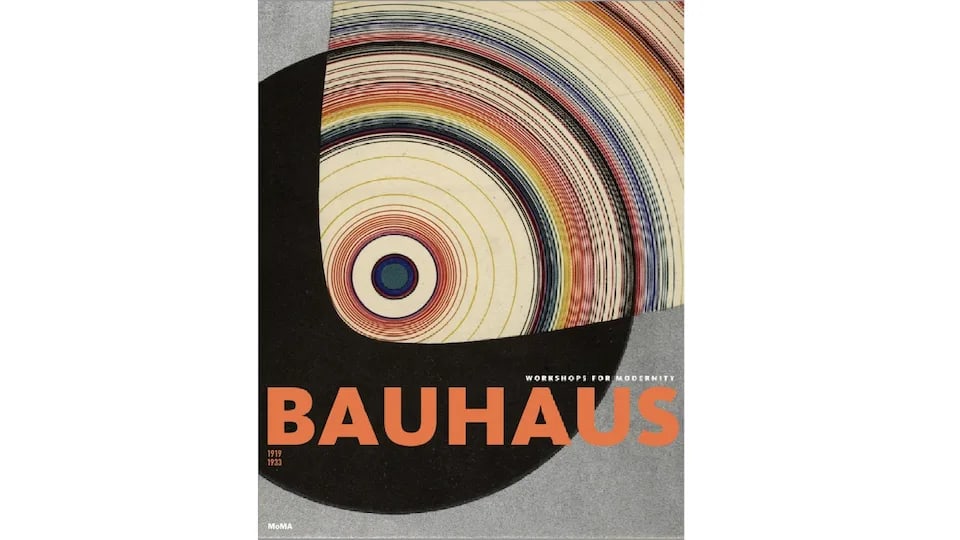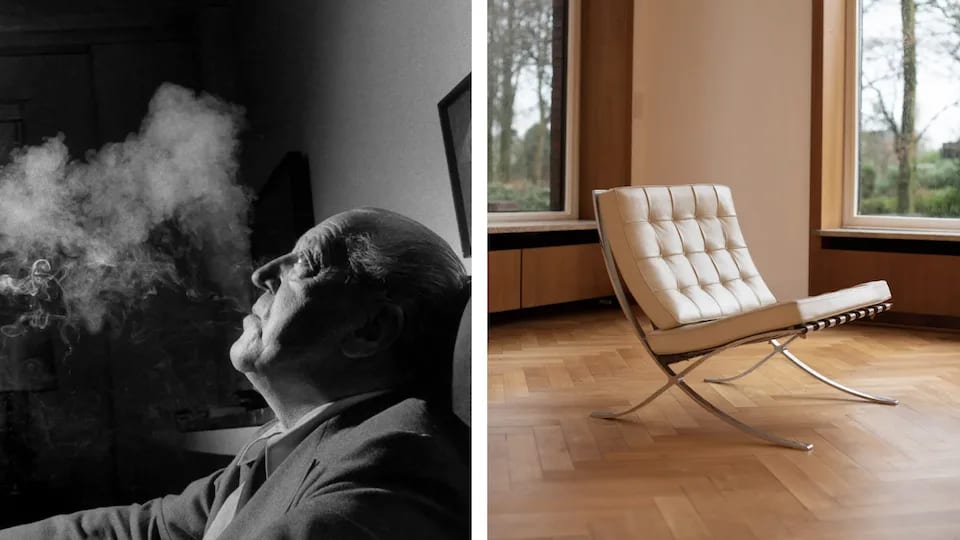What Was the Bauhaus? Its Legacy is Both Universal and Universally Misunderstood
$18 (1 hr)
The Bauhaus, a design school founded over a century ago in Germany, lasted just 14 years before the Nazis shut it down. And yet in that time it proved a magnet for much that was new and experimental in art, design, and architecture—and for decades after, its legacy played an outsize role in changing the physical appearance of the daily world, in everything from book design to household lighting to lightweight furniture.
The Bauhaus, which translates literally as “House of Building,” aimed to make architecture the convener and unifier of all the arts. As a whole, the disciplines embraced industrial production and aimed to create an integrated daily environment where design touched everything, from a teaspoon to a city—as its founding director, Walter Gropius, later put it. The distinction between the fine and the useful arts was to be abolished.
The Bauhaus produced one of the most powerful expressions of the view that design was everything. It served, in a way, as the embassy of Modernist design. But its success has often led to a reductionism in our understanding of the rich nexus of artistic movements that crisscrossed at the school itself and the diverse developments it helped inspire.
There’s no debate about the significance of the Bauhaus. But in celebrating the Bauhaus the way we do—highlighting its allegedly far-flung influence in space and time—are we blurring our understanding of what the school achieved, of the challenges it faced, and the ramifications of both in the 91 years since it closed?
Barry Bergdoll is the Meyer Schapiro Professor of Art History in the Department of Art History and Archaeology at Columbia University and curator in the Department of Architecture and Design at the Museum of Modern Art, New York, where from 2007 to 2013 he served as Philip Johnson Chief Curator of Architecture and Design, and a member of the Pritzker Prize Jury. Holding a BA from Columbia, an MA from King’s College, Cambridge, and a Ph.D. from Columbia, his broad interests center on Modern architectural history and the intersections of architecture and new technologies in the modern period, especially photography and film.
Bergdoll has organized, curated, and consulted on many landmark exhibitions of 19th and 20th-century architecture at MoMA and around the world including Bauhaus 1919–1933: Workshops for Modernity and Mies in Berlin with Terence Riley. He is the author or editor of numerous publications including, Bauhaus 1919-1933: Workshops for Modernity (winner of the 2010 Award for Outstanding Exhibition Catalogue, Association of Art Museum Curators); Mies in Berlin (winner of the 2002 Philip Johnson Book Award, Society of Architectural Historians and AICA Best Exhibition Award, 2002); Karl Friedrich Schinkel: An Architecture for Prussia (winner of the 1995 AIA Book Award); and Lẻon Vaudoyer: Historicism in the Age of Industry; and European Architecture 1750-1890, in the Oxford History of Art series
$18
 1.0 AIA LU
1.0 AIA LU
Things To KnowAll ages
This is an indoor activity
Wheelchair accessible
Parking and handicap parking available
Seated activity
Restrooms are available
No smoking or e-cigarettes
Important InformationModernism Week Theater is located at the south end of the hotel’s central atrium.
Ample free public parking is available. Enter underground parking at Hyatt on Palm Canyon Drive or in the multi-level public garage across from the Palm Springs Art Museum.
The organizer of this event is Modernism Week Annenberg Theater Activity.
Check-in Location Annenberg Theater
Palm Springs Art Museum
101 N Museum Dr
Palm Springs, CA 92262View Map
Photo Credits: Sean Gallup, Columbia University, Museum of Modern Art, Frank Schersche / Jana Bauch, Picture Alliance
| No items available. |







